It’s that time of the year again! BSA has been publishing our “Hot Lists” and best-of collections for more than 10 years every December.
In this year that has been so heavy and difficult for many of the BSA family we thought it would be inappropriate to do things the way we always do, out of respect for this moment. The one list that we feel good about this year of course is our shortlist of some of our favorite books from 2020 that you may enjoy as well – just in case you would like to give them as gifts to family, friends, or even to yourself.

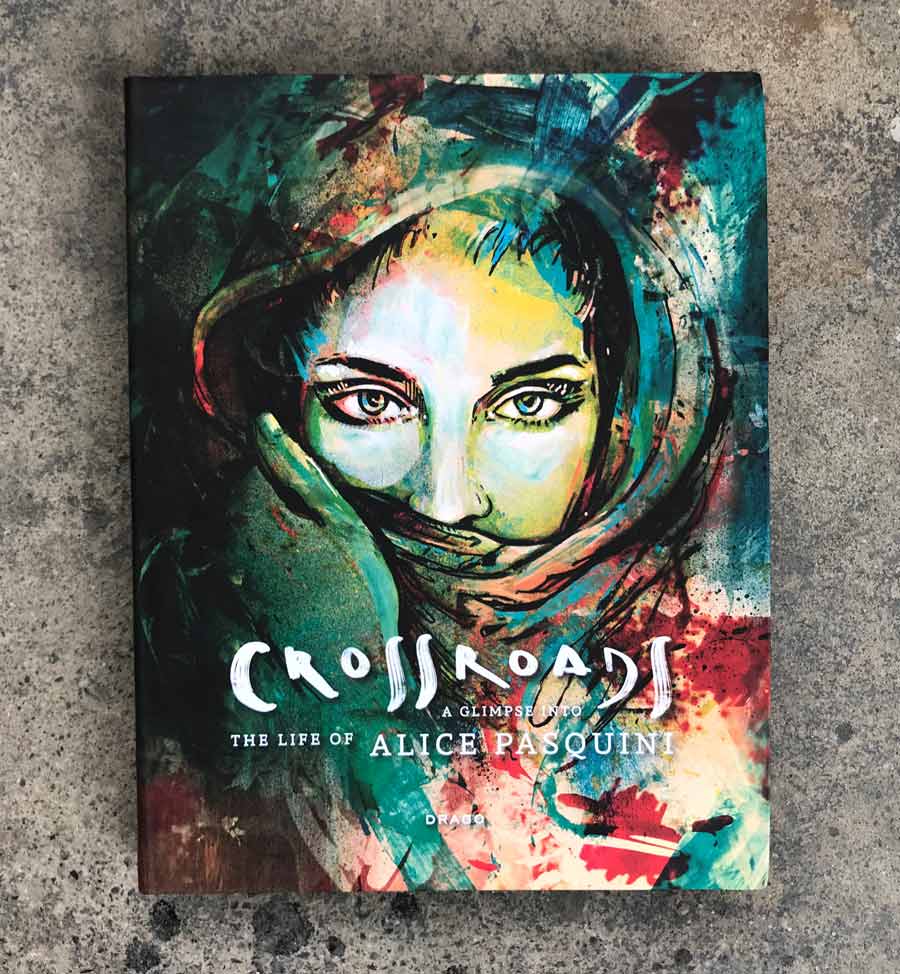
From BSA:
Crossroads, the new monograph from Alice Pasquini is full of the young daring and confident girls and women whom have been traveling with her since she began painting walls around the world two decades ago.
Rendered in aqua and goldenrod and midnight, withstanding winds and rains, these figures are willing to be there as a testament to the daily walk through your life. A survey and diary of her works and experiences, her style is more human than international in its everyday appeal, advocacy gently advanced through the depiction of intimate personal dynamics and internal reflection.
Perhaps this quality alludes to the invitation of interaction, the ease of integration with the public space in a way that the cultural norms of her Italian roots influenced her.
“In Rome, where I grew up, everything is urban art. Any little fountain or corner was made by an artist. And there were always a lot of expressions of freedom in this city,” she says in an interview here with writer Stephen Heyman.
Alice Pasquini “Crossroads” Drago Publisher. Rome, Italy, 2019

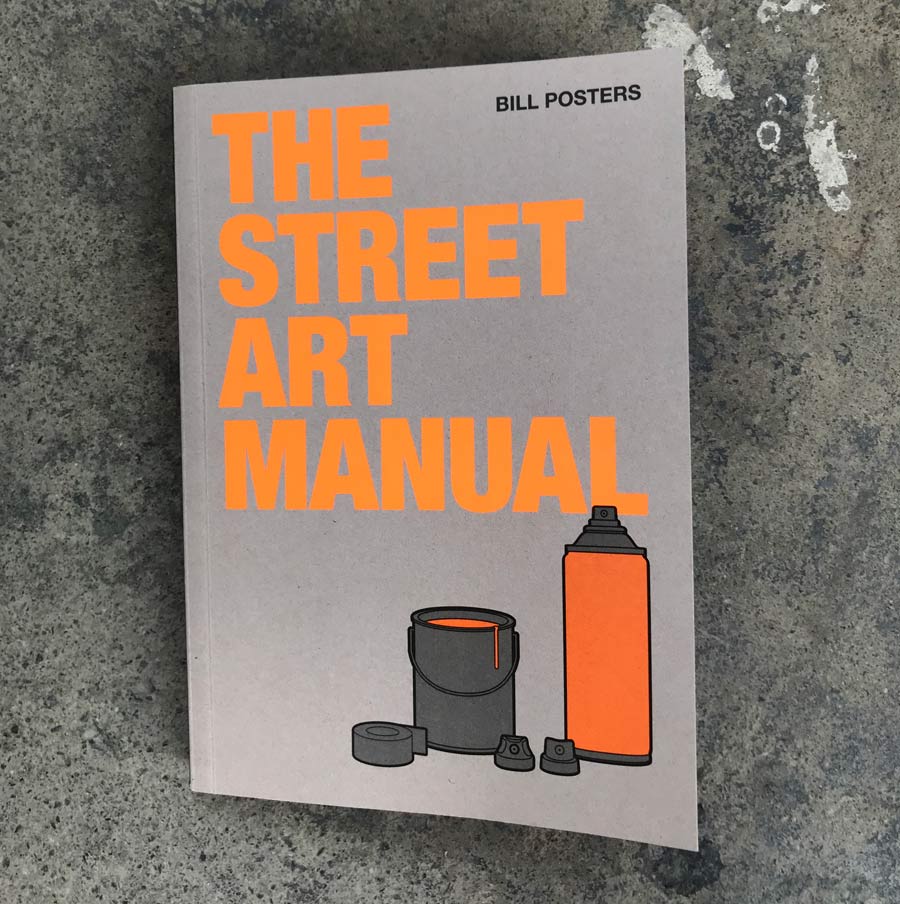
From BSA:
Bill Posters knows his street art and activism history.
From Beuys’ practice of ‘social sculpture’ and John Fekner’s blunt upbraiding of urban planning hypocrisies to AIDS activists using street art to shame government homophobia and the paint-bombing of a Mao portrait that led to the arrest and torture of the artists/activists for counter-revolutionary propaganda, he’ll give you a solid foundation on precedence for this rebellious art life in “The Street Art Manual.”
He also knows how to yarn-bomb.
And myriad other techniques for freelance intervening in city spaces that you own, that all of us own, but which are often commandeered for commercial messages, political propaganda messages, or commercial-political propaganda messages – otherwise known as fascism.
“The Street Art Manual”; Rebel Artivism and Good Manners with Bill Posters
The Street Art Manual by Bill Posters. The Street Art Manual new US on-sale date is now Sept. 8th. 2020. Published by Laurence King Publishing Ltd. London, UK. 2020.

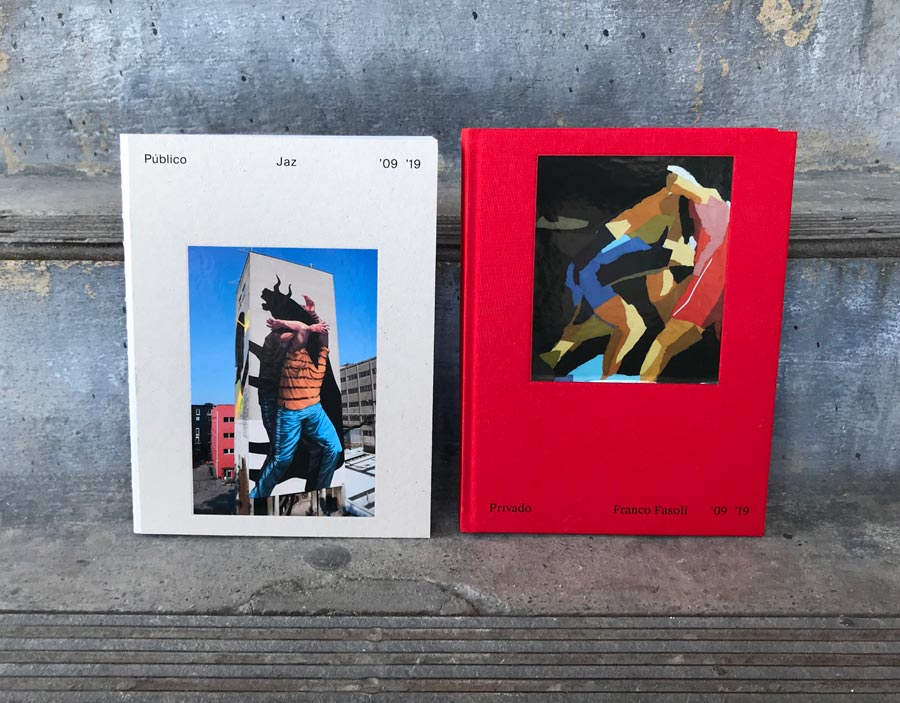
From BSA:
Taking a decade long view of your creative life can be astoundingly instructional if you are brave enough; perusing over the body of work that you have taken with eyes focused and blurred may reveal broad outlines and finer features of a creative life-path – a psychological mapping of the inner world and its outer expression with all its impulses, longings, expressions of received truths and newly discovered wisdom.
Franco Fasoli aka JAZ has looked over his last decade (2009-2019) of work as a street artist and fine artist and offers you the opportunity to examine his public and private side as well in this new two-volume compendium. Painting on the streets since the mid-nineties and his mid-teens in his hometown of Buenos Aires, the visual artist knew his path would be a creative one. His family and role models, comprised of well-schooled artists and educators, had provided a foundation of critique and appreciation for him to build upon from the earliest years.
Artist Franco JAZ Fasoli Goes “Publico Privado”
Franco Fasoli. Privado. Publico Privado. Jaz Franco Fasoli. 09-2019


From BSA:
Belgium’s ROA, whom we have featured in perhaps 30+ articles, put out his “CODEX” monograph this spring, and while sitting inside your lockdown we thought you would enjoy freeing your mind to travel the world with him.
A gypsy by nature, a naturalist by practice, he has investigated and heralded the animal world, complete with its heartless savagery. Accurately depicting many of the most marginalized and endangered specimens, this uncanny portraitist spooks you with the scale of his animals, draws you in to their presentation without guile.
Willing to let his work do the talking, ROA is still anonymous after more than a decade on the global street art stage. Following his own path, we recognize his achievements here, and wish him good travels wherever he goes.
ROA “CODEX” Reveals His Wild World Wanderings

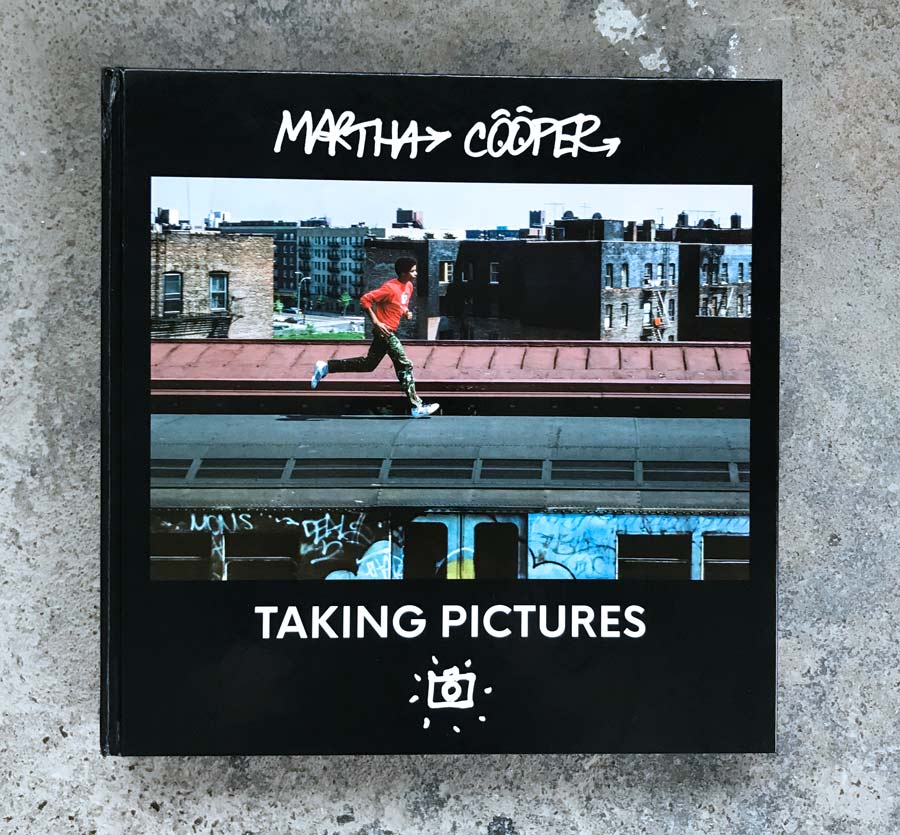
From BSA:
In addition to lush photo spreads of Martha’s documentation over 6 decades, we have essays written by art critic, curator and author Carlo McCormick, UN Executive Director Jan Sauerwald, author and photographer Nika Kramer, author, curator, and Hip Hop historian Akim Walta, National Geographic chief photo editor Susan Welchman, curator of prints and photographs at the Museum of the City of New York Sean Corcoran, and the curators of this exhibition Jaime Rojo and Steven P. Harrington.
The hefty hardcover, a richly illustrated and modernly designed book, is timed for release simultaneously with the exhibition opening this Friday, October 2. In addition to the essays, we have 40 quotes about Martha from her peers, artists, authorities in photography, folklore, graffiti, and Hip Hop, along with long-time friends and her family. The cover of the book features a photograph rarely seen of graffiti writer Skeme train surfing in NYC taken by Martha in 1982. The introductory texts to each of the 10 sections are written by author and curator Christian Omodeo.
“Martha Cooper: Taking Pictures”
Published by Urban Nation Museum Berlin & Steven P. Harrington and Jaime Rojo.

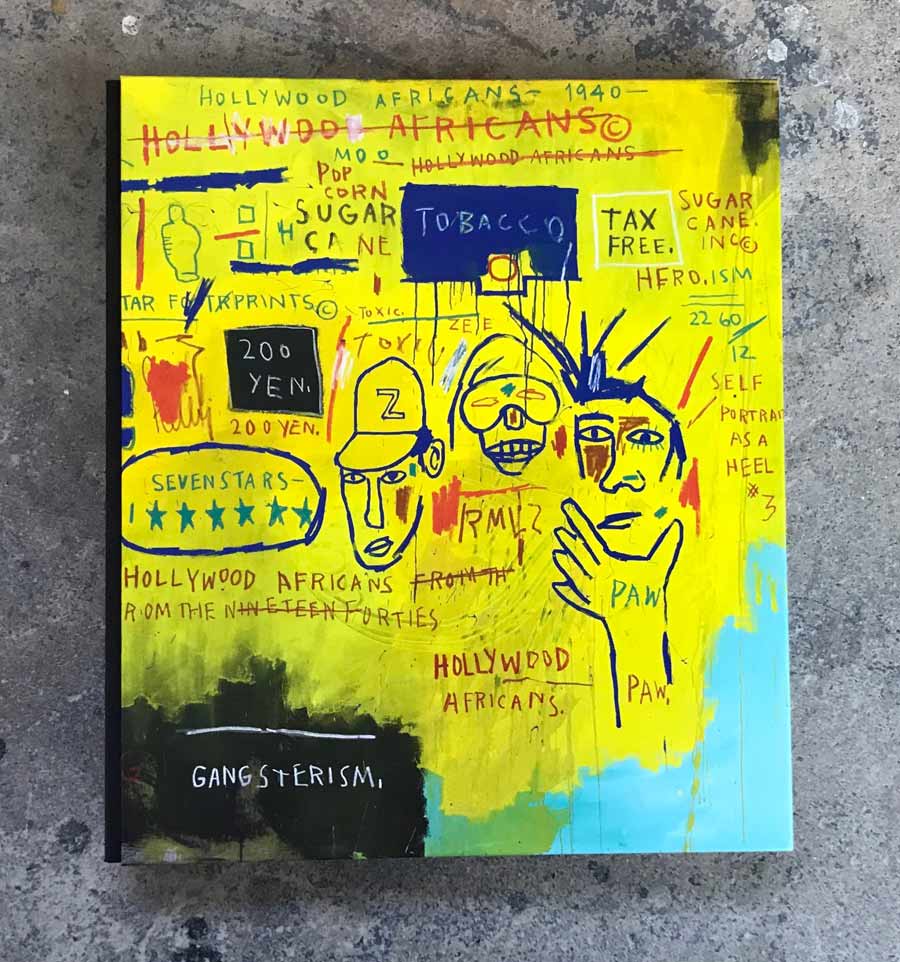
From BSA:
To accompany the exhibition “Writing the Future: Basquiat and the Hip-Hop Generation” at the Museum of Fine Arts in Boston, a substantial catalogue has been released to support the show and place the artist in context with his time as well as his influence on the future as it pertains to contemporary art and so-called art in the streets.
Accessible and erudite, the catalogue unpacks the social connections, the various emerging music, art, and performance sub-scenes of “Downtown” and “Uptown” New York culture, the opaque underpinnings of the dominant culture, and the urban syntaxes that formed this young Brooklyn artist and his work in the 1970s and 1980s. To faithfully set the stage for this story; to conjure the atmosphere, the moment, the context that Basquiat evolved himself into, you would need to create an interactive urban theme park with an impossible set design budget, a cacophonous sound-music map, a handful of public policy and political advisors, an anthropologist, a warehouse of costumes, too many actors, too many attitudes, and even more drugs.
Writing the Future: Basquiat and the Hip-Hop Generation. Published by MFA Publications on the occasion of the exhibition currently on view at the Museum of Fine Arts, Boston. Edited by Liz Munsell and Greg Tate with contributions by J. Faith Almiron, Dakota DeVos, Hua Hsu, and Carlo McCormick.
“Writing The Future”: Basquiat , Broken Poetics, and the NYC Cultural Context


From BSA:
With precision and guile Sandra Chevrier has painted a female world that is sophisticated, unreachable and appealing, whether painted on canvas, street mural, or stuck to a wall in the margins of a city. The characters who are punching and pouncing and swooning across her faces are reflective of her own hearts’ adventures, seamlessly rolling and intermingling with those epic storylines and dust-ups with superheroes and villains of yesterday.
Perhaps it is because of this sense of inexactly placed nostalgia, in “Cages” we are aware of the ties that bind us, the roles that we hold – whether chosen or imposed – and we’re rooting for these Chevrierotic women to win – as they scream and cry and swing for the rafters, looking for the way out.
“A dance between triumph and defeat, freedom and captivity, the poison and the cure,” stands the ambivalent quote on the page facing her black and white photo by Jeremy Dionn.
A closeup of her face, her hand horizontally obscures the lower half, her index finger raised to allow Sandra to see, to study and assess. Without question this artists’ work is more than autobiographical – these expressions offer a stunning sense of mystery, an understanding at the precipice, an adventure-ready to occur.
Sandra Chevrier: Cages. Published by Paragon Books and designed in San Francisco, CA. by Shaun Roberts. August 2020.
Other Articles You May Like from BSA:
New murals today in London in conjunction with the Olly Walker curated “XX: A Moment in Time” show at Saatchi Gallery, which is now running until March 6. The all-female show highlights the depth of f...
Talented urban planning that has sufficient vision for the future will anticipate the needs and behaviors of a city, looking forward to its growth and reconfigurations over time. In L’Hospitalet, Spai...
New York is one of the few pedestrian cities that has an active street culture almost everywhere you walk and the tradition of the revered holiday window display is one that endures even though many p...
It’s that time of the year again! Our 12th "Hot List" of books - a best-of collection that is highly personal and unscientific and sure to provide you with ideas. Our interests and network continu...
The Earth says “Thanks!” to us today. Unfortunately it doesn’t realize that all this clean air and water from the last couple of months is not intentional – we just had to stay inside our homes a...
 BROOKLYN STREET ART LOVES YOU MORE EVERY DAY
BROOKLYN STREET ART LOVES YOU MORE EVERY DAY










